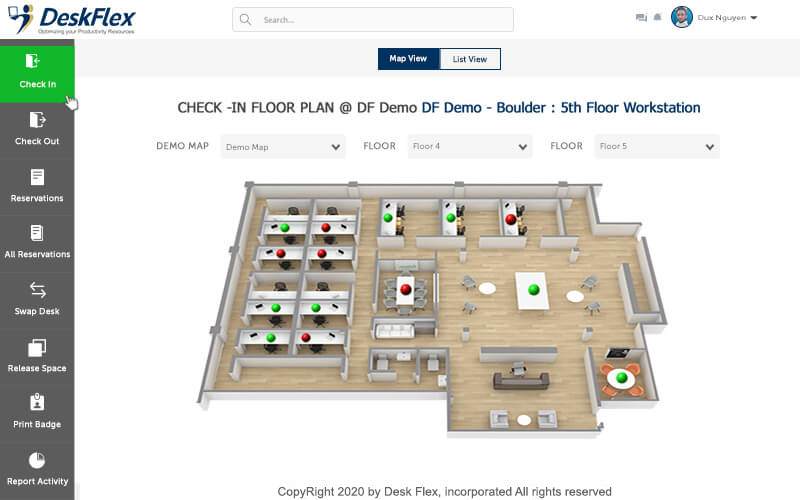Pascal’s law states that, “The pressure applied to any part of a finite fluid transmits to every other part without loss. Pressure acts with the same force in all equal areas of the parapet and perpendicular to the wall.”
Blaise Pascal is a French mathematician, born June 19, 1693 in Clermont-Ferrand, France. Its laws provide the basis for what we now know as hydraulics.
Hydraulics machinery is all around us, every day we benefit from their use, most times without even realising it.
Ever visited Tower Bridge in London? The Bascules (the two parts that lift up to let large ships pass beneath) are hydraulic.
A hydraulic system can be broken down into five constituent parts: the hydraulic fluid, reservoir, pump, valve or valves and the actuator.
The fluid is usually based on either mineral oil or water and is held in the reservoir.
The pump moves the fluid by displacing it against a resistant pressure, thus converting mechanical energy into hydraulic energy.
Valves are used to regulate hydraulic fluid flow, start, stop and direct it around the system.
Finally at the end of the process is the actuator, which can either come in the form of a hydraulic cylinder driving an object directly or an actual motor that can drive wheels or other similar objects.
Hydraulics were first used seriously in the late eighteenth century and were pioneered by Joseph Bramah, who invented and patented the hydraulic press, and William George Armstrong, who built Tower Bridge’s original steam-powered hydraulic mechanism (which was since converted to an oil and electrical based hydraulic system).
Since then their use has burgeoned, growing into almost every industry that requires machinery both heavy and light.
Many fairground or theme park rides are hydraulically powered, waste disposal vehicles use hydraulics to power the crusher and tilt the rear compartment so as to unload the waste, aircraft use hydraulics to power their flight control systems, Pancake Hydraulic Cylinder used in auger boring steerable rock system and many modern push bikes often use hydraulic brakes.
One particular vehicle, the side loader, uses hydraulics for in several interesting ways as part of its core operation.
But what is a side loader?
A side loader is a close cousin of the fork lift truck. However, unlike the fork lift, the side loader carries its loads at the side instead of at the front, as its name implies.
This has several advantages, the main one being that it can carry long loads lengthways that it would be impractical to expect a fork lift to handle.
Side loaders are commonly used in warehousing, dock management and for loading other vehicles and transporting long loads over short distances in controlled environments.
Several parts of the side loader would usually use hydraulics, including the brakes, in the mast to raise, lower and extend the forks, most have hydraulic cylinders between the chassis and axles to counteract the effect of the load being on one side of the vehicle and some heavy side loaders even use hydraulics to power the ladders that allow the operators to access the drivers cab.
There are obvious advantages to using hydraulic brakes, as stated by Pascal’s Law, as there is no loss of pressure throughout the fluid braking becomes more even and more reliable when applied by hydraulics.
Using hydraulic cylinders to counteract the effect of the load being at the side of the vehicle means that the side loader then has better balance and is easier and safer to drive. A hydraulic system is the best solution to this problem as it offers a more precise and powerful offset, is easier to control and again is more reliable than other possible solutions.
The side loader’s mast and well section is arguably the most important part of the vehicle though, as without it the machine could not function as a loader. Not only can the forks move vertically to shift the load upwards or downwards, the traverse system moves them horizontally in order to bring the load in towards the vehicle or move it away, thus making the whole system extremely flexible and again, the use of hydraulics means that greater precision as well as great power can be achieved quite easily.
The power and precision of hydraulic systems along with their reliability and relatively low maintenance mean that they have become an integral part of not just the side loader, but many machines in everyday use.
Indeed, it may be argued that without hydraulics, many of the machines we take for granted may not even exist at all.
One thing is for certain, hydraulics will be with us for some time to come and will no doubt continue to be far more commonly used than most people probably realise.






